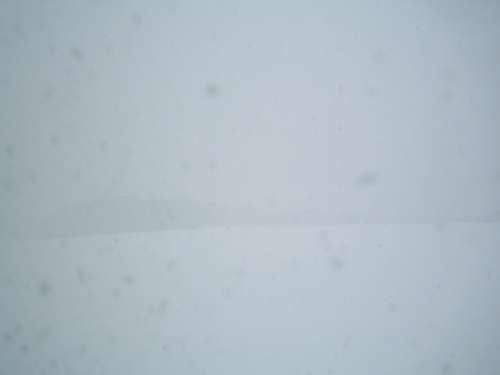One of my favourite annual booklets has landed in my hands: the program for Melbourne's inspiring Emerging Writers’ Festival. I’ve already torn out the handy bookmarks and trawled its pages for the best non-fiction picks. Here are my tips for #EWF14…
The National Writers’ Conference (Saturday 31 May and Sunday 1 June.)
There’s no better way for an emerging writer to transition to the winter months than this packed two-day conference. I am a card-carrying fan of the Emerging Writers' Festival - thanks mostly to this particular event. I’ve been attending for several years and always learn something new. This year I’m chuffed to be a part of the line-up. These are my must-sees for the conference:
The voices on the page (Saturday 31 May, 11am) Michael Mohammed Ahmad, Jennifer Down and Livia Albeck-Ripka will talk about dialogue and interviewing skills. Considering how important dialogue is to non-fiction we’re bound to learn some super useful things from this session.
The new non-fiction (Saturday 31 May, 3pm) Rebecca Harkins-Cross, Gillian Terzis and I will be talking about how digital and the long form renaissance has played into Australian non-fiction. I’m really looking forward to chatting with Rebecca and Gillian (and you) about my favourite subject. If you can’t make it to the National Writers’ Conference I hope you’ve booked a seat at Who can tell whose stories? which is on at the same time in the Southbank Theatre (but sold out already).
The lives of others (Saturday 31 May, 2pm) Benjamin Law, Michele Lee, Eli Glasman and Alana Schetzer will talk about the challenges of representing others in their writing. As I move forward in my career I find this topic particularly interesting. Non-fiction writers are highly dependent on the generosity and openness of their subjects. I wonder how these writers navigate this sensitive aspect of our work.
When Australians go abroad (Sunday June 1, 12pm) Hannah Kent, Ender Baskan, Jo Randerson and André Dao. Most non-fiction writers will find themselves compelled to write about events in other nations. Let’s gather any tips this experienced cohort has.
The real live writers’ group (Sunday June 1, 2pm) Jo Case, Rochelle Siemienowicz, Rebecca Starford and Estelle Tang will conduct their regular writers’ group in our presence. I'm already a member of a writers’ group and it’s been central to my day-to-day writing. I wonder how this group is similar and/or different to my own (awesome) group?
Me-me-me and my memoir (Sunday June 1, 3pm) Liam Pieper, Luke Ryan, Lorelei Vashti and Benjamin Law are talking, well, memoir. As someone who puts my voice into at least half of my writing I feel it prudent to think critically about this approach. No doubt this session will give me pause for thought.
Who can tell whose stories? (Saturday 31 May, 3pm)
If you’re not going to the writers’ conference I hope you’ve booked a place in this session so that you can take some notes for me! John Safran, Alice Pung, Roslyn Oades, Isaac Drandic and Fiona Gruber will talk about the storyteller’s responsibility towards the people whose stories they tell. (BTW you can learn more about John Safran’s experience of writing Murder in Mississippi in this post).
The pitch (Wednesday May 28, 6pm)
Julia Carlomagno, Sam Cooney, Patrick Lenton, Vanessa Radnidge and Nina Gibb will talk about pitching. Even experienced pitchers will get insight from this ever-popular session.
Creative nonfiction writing night school (Thursday June 5, 6.30pm)
Rebecca Giggs will be teaching a workshop that will explore writing and research techniques. Excellent value at $30/$25 for a 1.5 hour workshop.
Filibust (Wednesday June 4, 1.30pm)
Nick Keys’ session considering political oratory and rhetoric promises to be enlightening, engaging and inspiring.
I look forward to seeing you all there!





















